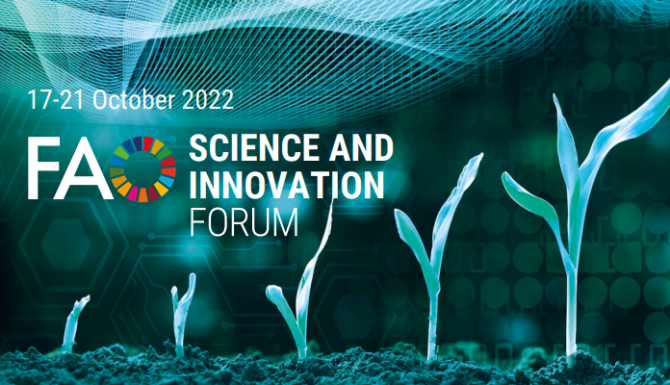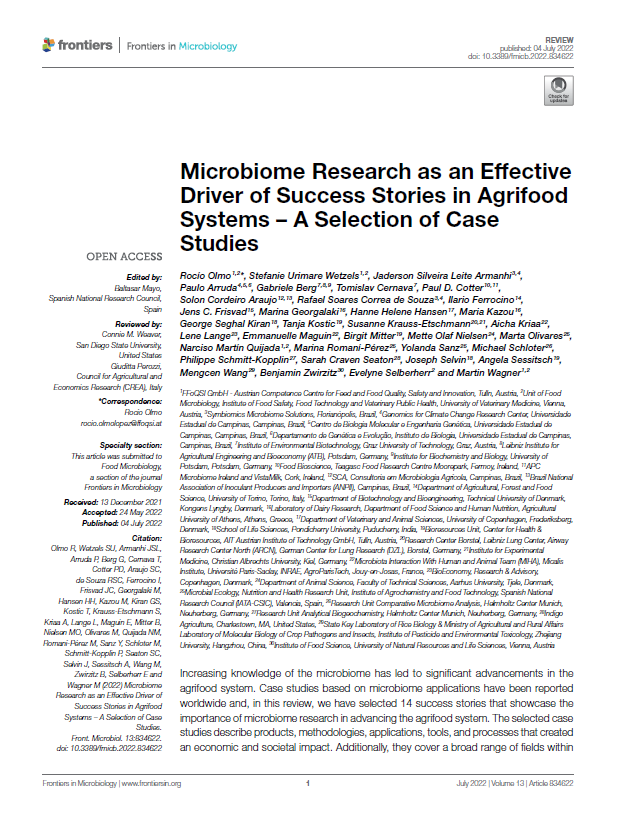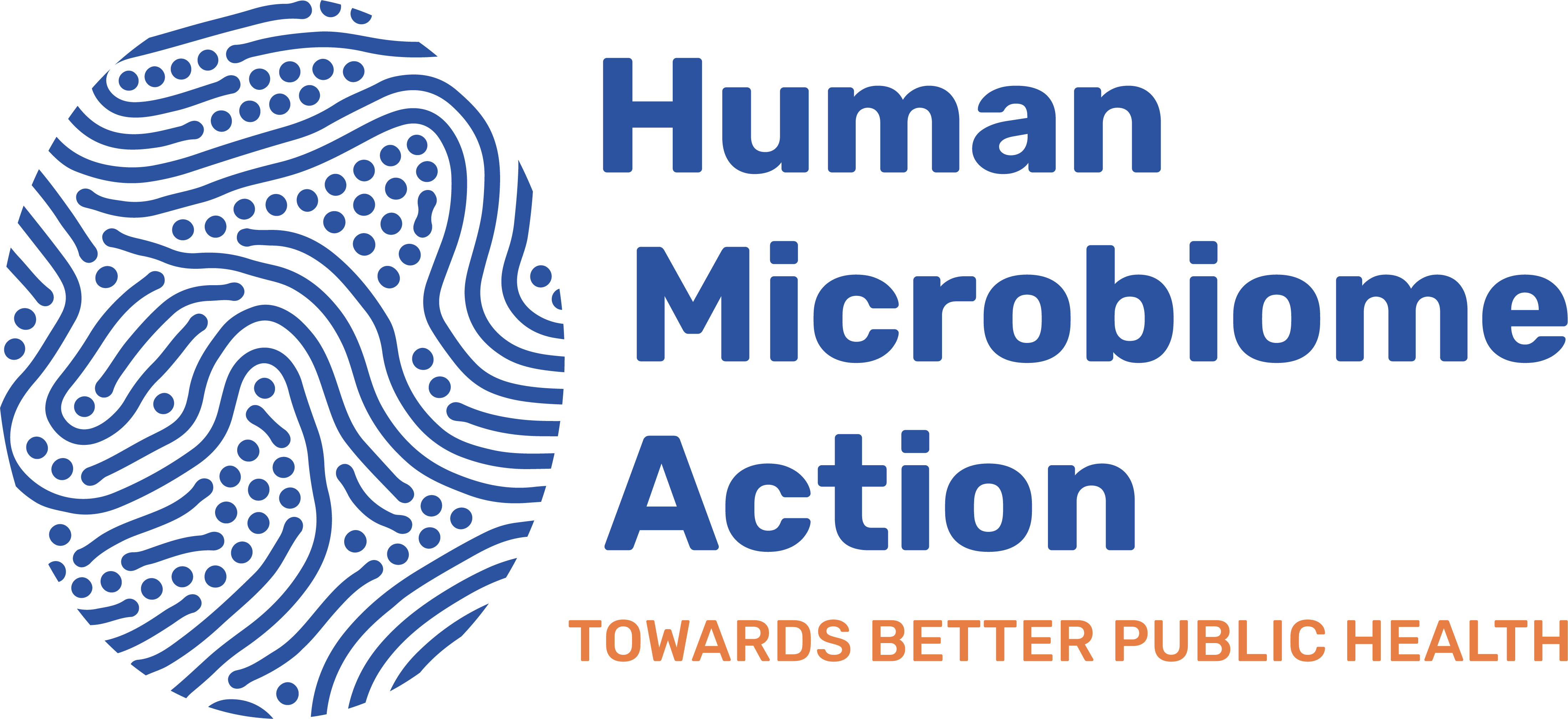MicrobiomeSupport partners have now released their second set of recommendations to meet microbiome research needs. Whilst their previous advice focused on the use of a common language around the word microbiome, the partners are now focussing on research infrastructure and in particular biobanks.
What are biobanks?
Biobanks are storage for biological material, an example being blood banks. In research, biobanks are extremely important as they allow researchers to go back to original materials when needed, for instance, when experimental results need to be double-checked or when it comes to protecting intellectual property issues.
Why do we need them for microbiome research?
Biobanks for the microbiome do not yet exist or at least not in a fashion which captures all relevant data associated with a microbiome sample. This is not surprising as there are various issues when it comes to designing biobanks for the microbiome such as the best freezing methods to maintain all components of the microbial community and the functions. Ideally, we would also like to keep relevant samples over time, but space will become an issue at some point.
What are the recommendations?
Having weighed various pros and cons in a workshop last year, the MicrobiomeSupport partners have now provided clear recommendations in a scientific article published this week. The main points include:
- The scientific and funding community have to prepare a priority list of microbiomes across environments for preservation based on scientific, economic, societal and environmental needs
- Methods need to be optimised and assessed against the maintenance of composition and functionality of microbiomes for success
- Microbiome biobanking needs to draw on the expertise within culture collection professionals
- Infrastructures needs need to be identified taking into account current set ups across existing biobanks and culture collections
To advance the microbiome research field and ensure high quality data output that results in applications which are beneficial for humans and the earth, it is essential for the research field to have basic foundations such as biobanks in place. Microbiome researchers worldwide will benefit from clear guidance on how to collect, preserve and analyse their samples in an aligned, unambiguous way.
Full reference
Ryan M.J., Schloter, M., Berg, G., Kostic, T., Kinkel, L.L., Eversole, K., Macklin, J.A., Schelkle, B., Kazou, M., Sarand, I., Singh, B.K., Fischer, D., Maguin, E., Ferrocino, I., Lima, N.,McClure, R.S., Charles, T.C., de Souza, R.S.C., Kiran, G.S., Krug, H.L, Taffner, L., Roume, H., Selvin, J., Smith, D., Rybakova, D., & Sessitsch, A., ‘Development of microbiome biobanks – Challenges and Opportunities’, 13 August 2020, Trends in Microbiology, DOI: 10.1016/j.tim.2020.06.009.
The paper is available here.





